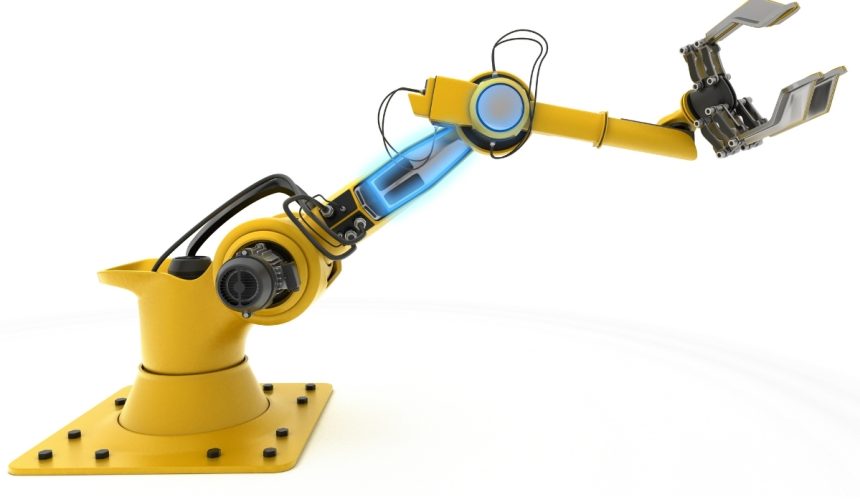University of Massachusetts Amherst researchers have showcased a novel approach to improve robotic efficiency by allowing robots to self-coordinate and form teams autonomously. Instead of relying on centralized programming or multipurpose robots, this method leverages individual robot capabilities to optimize task completion in industrial environments. The study highlights notable advancements in automation for sectors such as manufacturing, warehousing, and agriculture, potentially reducing costs and increasing productivity.
In previous studies, the debate around whether to deploy a single versatile robot or a team of specialized robots has been prominent. The latest findings from UMass Amherst suggest that self-organized teams of robots can outperform centralized systems. This new method, referred to as “learning for voluntary waiting and sub-teaming” (LVWS), significantly reduces suboptimality in task completion times when compared to other traditional approaches. Historically, centralized systems required extensive computational resources and time, which are impractical in dynamic industrial settings.
Enhanced Coordination with LVWS
The LVWS approach was tested in a computer simulation where six robots were given 18 tasks. Compared to four other methods, the LVWS demonstrated a mere 0.8% deviation from the optimal solution, whereas others ranged between 11.8% to 23%. This method prioritizes the efficient allocation of tasks by utilizing the unique strengths of each robot and allowing them to wait for teammates when necessary.
Addressing Real-World Feasibility
UMass Amherst researchers acknowledged that while calculating an exact solution for task allocation is theoretically possible, it is often impractical in real-world scenarios due to the time required. For larger sets of robots and tasks, exponential computational demands make it challenging to find optimal solutions timely. The LVWS method provides a feasible alternative, completing tasks rapidly and efficiently, even in complex environments.
“The issue with using that exact solution is to compute that it takes a really long time,” said Williard Jose, a doctoral student at the UMass Amherst Human-Centered Robotics Lab.
The research funded by the DARPA Director’s Fellowship and the U.S. National Science Foundation CAREER Award, aims to further advance robot teaming, particularly focusing on scalability. These insights could be crucial for large industrial spaces that necessitate specialized tasks, as opposed to smaller environments where a single humanoid robot might suffice for all jobs.
The LVWS approach marks a significant step towards more efficient and cost-effective robotic systems in various industries. By enabling robots to self-organize and wait for optimal team configurations, UMass Amherst’s research could pave the way for more adaptable and intelligent automation solutions, potentially revolutionizing how tasks are managed in industrial settings.










